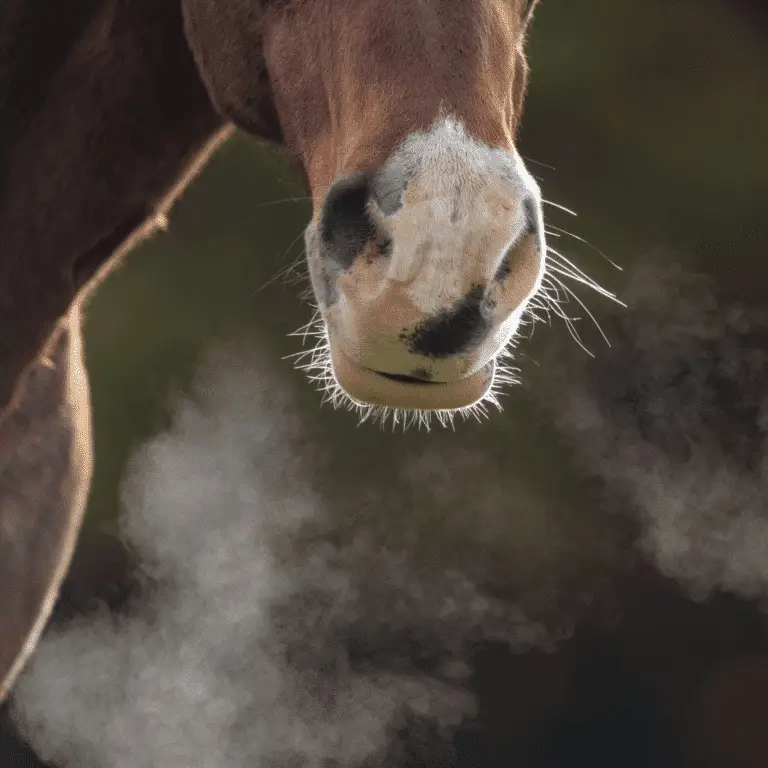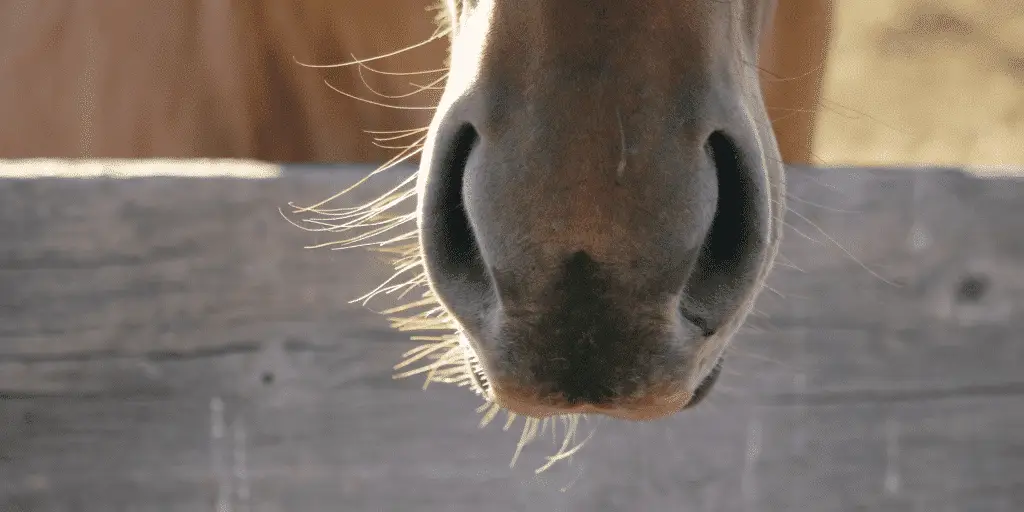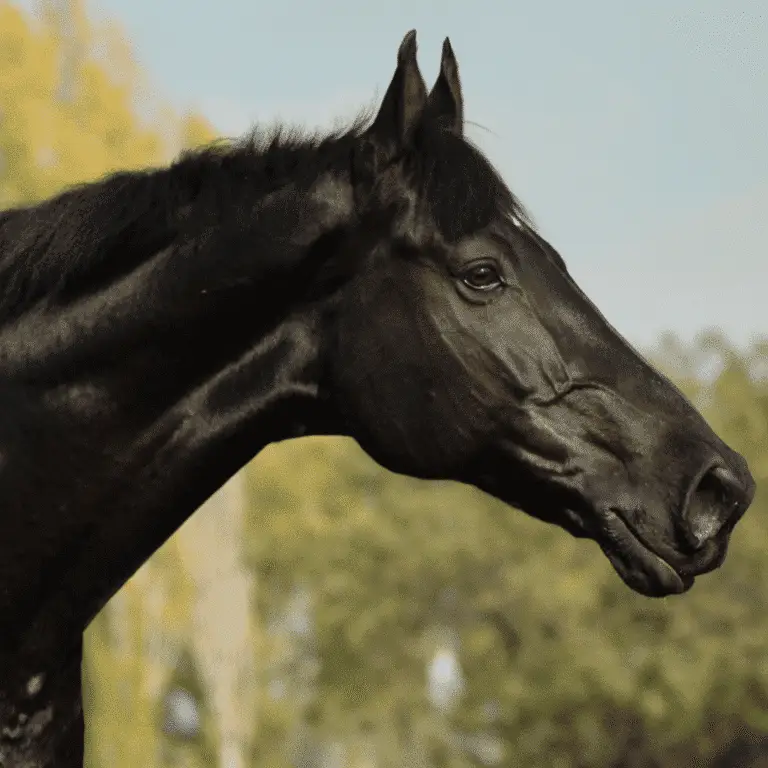
Common Cold in Horses
Seek veterinary advice if you suspect this disease.
The common cold in horses is a respiratory infection caused by viruses, leading to symptoms like nasal discharge, coughing, and mild fever.

Seek veterinary advice if you suspect this disease.
Many cases can be effectively managed through changes in the horse’s environment and management, including removing the cause of the allergy and implementing a “dust free” management system with clean, non-organic bedding and dampened feed.
Severe or chronic cases may require medication, such as injectable or inhaled steroids, bronchodilators, or Atropine.
It is important to maintain a clean, dust-free environment and practice good management in conjunction with any drug treatment to effectively manage this condition.
There are several measures that can be taken to help prevent equine asthma:
Implement a “dust-free” management system: This involves minimizing the amount of dust in the horse’s environment, such as using non-organic bedding, soaking hay before feeding, and dampening dry feed.
Maintain good ventilation: Proper ventilation can help reduce the concentration of allergens in the air.
Practice good hygiene: Keeping the horse’s living area clean and free of excess dust and dirt can help prevent the development of asthma.
Store hay and straw properly: Storing hay and straw in a dry, well-ventilated area can help reduce the amount of dust and spores in the air.
Avoid exposing the horse to high levels of allergens: If the horse is sensitive to certain allergens, such as pollen, it may be necessary to move them to a low-pollen area during high pollen counts.
Work with a veterinarian: A veterinarian can help identify potential allergens and develop a management plan to help prevent the development of asthma.

Digital health management offers numerous benefits in modern equine healthcare.
With the Happie Horse App, you can track symptom patterns and body values, such as Temperature, Pulse and Respiration. Allowing you to notice abnormal changes in body and behaviour early on, leading to more successful treatments.
The Happie symptom checker allows you to add all of your horse’s abnormal symptoms in order to present potential causes and diseases.

Seek veterinary advice if you suspect this disease.
The common cold in horses is a respiratory infection caused by viruses, leading to symptoms like nasal discharge, coughing, and mild fever.

Laryngeal Paralysis Seek veterinary advice if you suspect this disease. Equine laryngeal paralysis is a disorder that affects the larynx

Aspergillosis in Horses Seek veterinary advice if you suspect this disease. Aspergillosis in horses is a fungal infection caused by